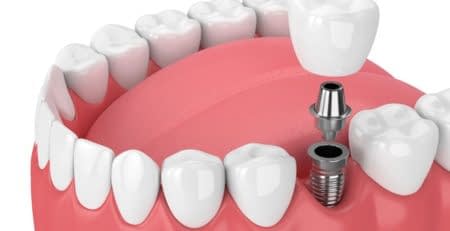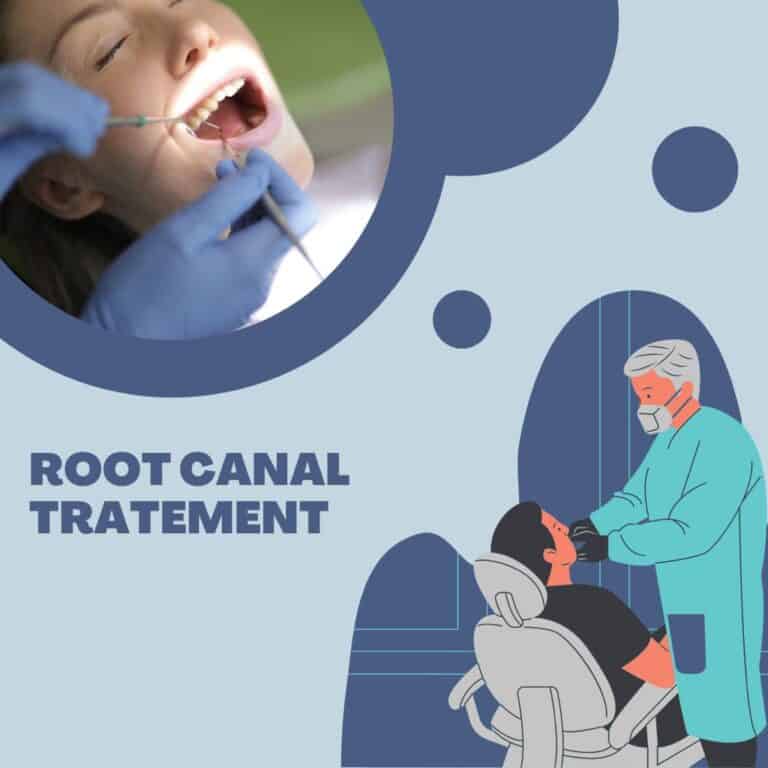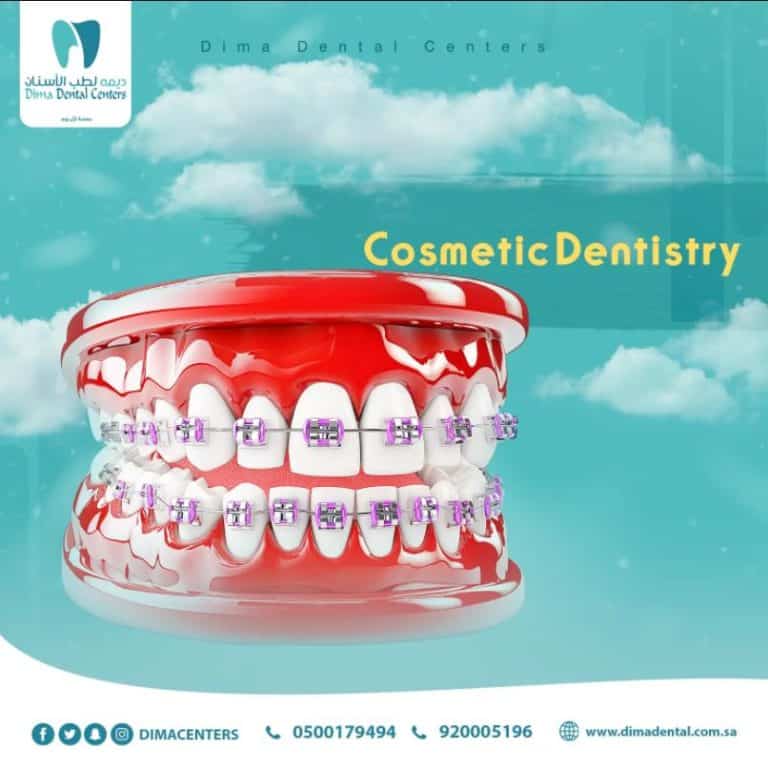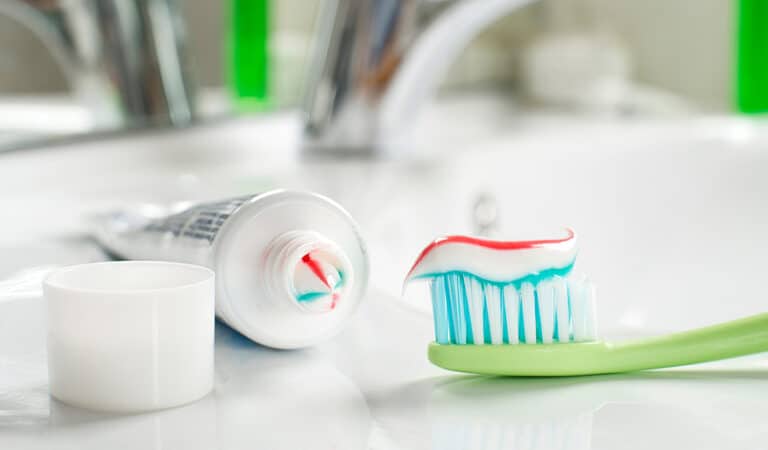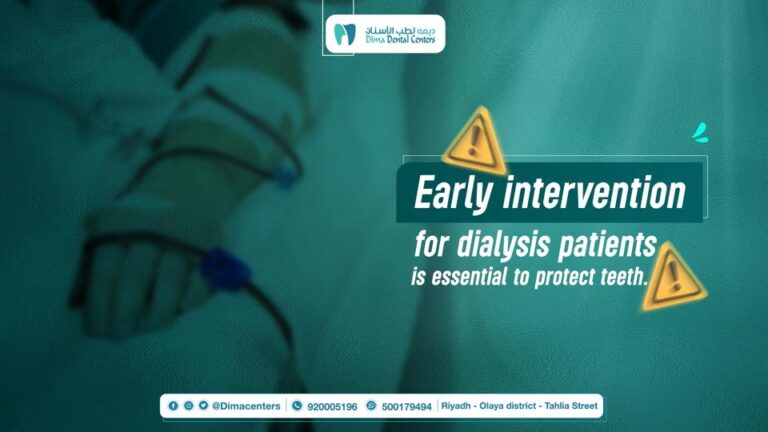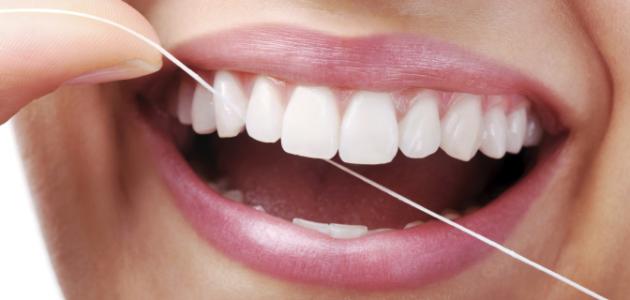Gingivitis and how to deal with periodontal treatment
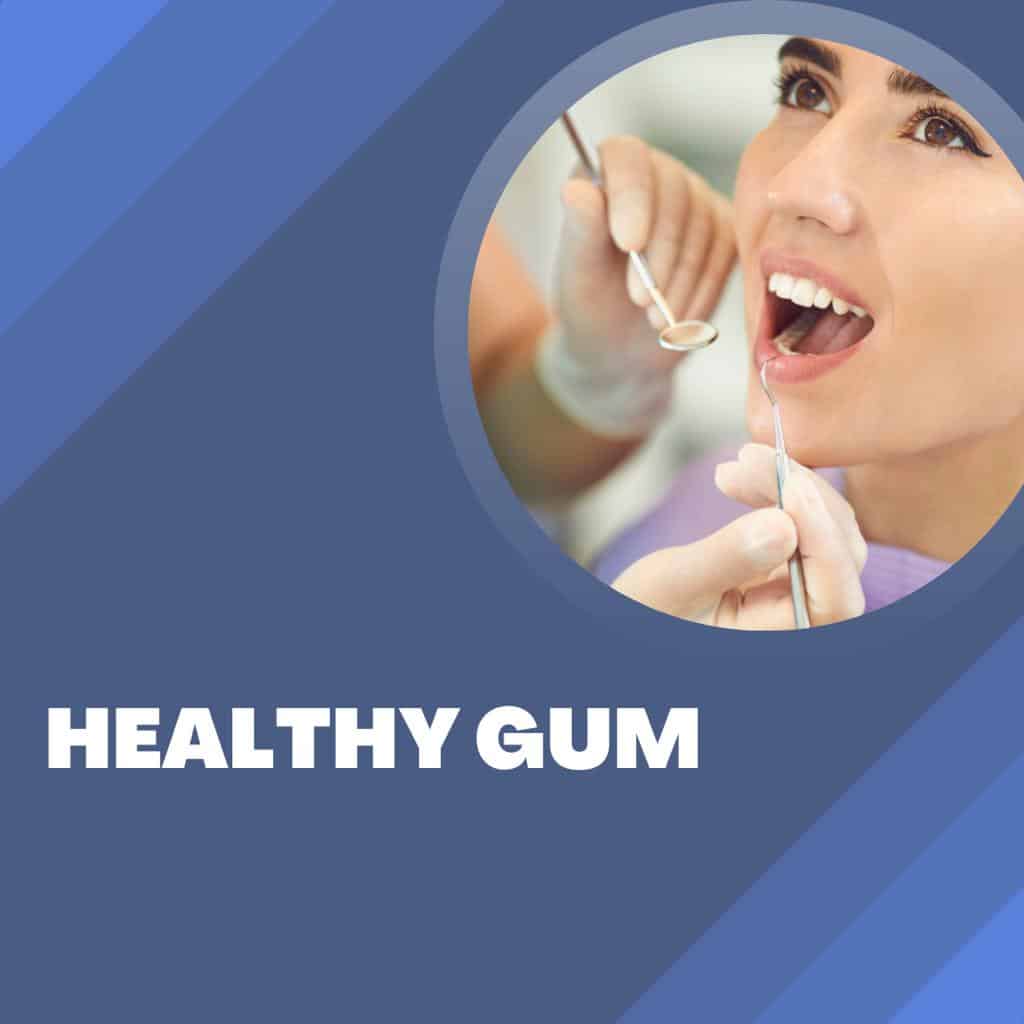
Gingivitis and periodontitis are infections that can cause a problem with chewing and eventually lead to tooth loss. However, good dental hygiene is often enough to avoid this condition. Additionally, some medications can relieve pain and reduce inflammation while you are waiting for a treatment. Proper dental care.
Symptoms of gingivitis
Bleeding gums is often the first sign of gingivitis. It is usually not painful and occurs when brushing teeth. In cases of severe gingivitis, the gums become red, swollen, and sensitive to chewing. In more serious cases, there may be a pus discharge accompanied by bad breath.
Teeth are held together by the gums, which are made up of the jawbone, which support connective tissue and the gums. Periodontitis – called periodontitis – often follows gingivitis. Periodontitis is sometimes accompanied by pus discharge and bad breath, occasionally, when the gums deteriorate, they cause loosening, and then the teeth fall out.
Causes of gingivitis
Gingivitis and periodontitis are associated with poor oral and dental health.
Gum problems are often caused by poor oral hygiene. Bacteria in the mouth stick to the teeth and form a membrane: dental plaque. These uncontrolled deposits cover the teeth and gradually seep between them and the gums. Then, the mineral salts in saliva settle on the plaque to form tartar, which is A rough layer is where bacteria are safe from a toothbrush.
Various factors promote the development of gingivitis such as consumption of alcohol, tobacco, certain medications, or hormonal changes during pregnancy. It can also be associated with infectious diseases, blood diseases or taking certain medications. Improper prosthesis can also cause gingivitis.
Like gingivitis, periodontitis often results from poor oral hygiene that promotes the formation of plaque and tartar. Chronic or recurrent gingivitis is likely to cause gingivitis. This leads to a loss of gum adhesion around the teeth and to the gradual destruction of the bone that maintains the roots of the teeth. : This is the loosening of the teeth, then the teeth become mobile, poor position of the jaws or frequent grinding of the teeth can also promote the appearance of this condition.
Gum infection can be exacerbated and, rarely, caused by a disease such as diabetes, vitamin deficiencies, hormonal disorders, or weakness of supportive connective tissue.
Gingivitis results from the buildup of plaque, a natural sticky layer containing bacteria, on the teeth and gums. The bacteria in plaque produce toxins that can irritate the gums, making them red, swollen, swollen and even bleeding (in fact, gingivitis is the main cause of bleeding gums when adults).
Follow the causes of gingivitis
Other factors that can increase your risk of developing gingivitis. If any of the factors below apply to you, pay close attention to your teeth and gum edges and ask your dentist or hygienist what you can do to keep your mouth healthy and prevent gingivitis.
Tobacco use is a major risk factor for gum disease and can reduce the chances of successful treatment. Research shows that smokers are seven times more likely to develop gum disease than non-smokers.
Poor dental hygiene, such as not brushing or flossing regularly, is an easily preventable cause of gingivitis.
Incomplete removal of plaque. You can leave plaque under the gum line even if you remove all the plaque from your teeth. Floss regularly and look for a suitable toothpaste, which can get to the plaque under the gum line.
Stress is another cause of gingivitis. Constant stress can weaken your immune system and limit your ability to fight infections, including gum disease.
Hormonal changes including puberty, pregnancy, menopause and menstruation lead to increased sensitivity and gingivitis. Take good care of your teeth and gums during these physiological changes to prevent gum disease or undergo periodontal disease treatment.
Malnutrition deprives the body of important nutrients and reduces its ability to fight infections, including gum disease.
For many conditions, medications can affect your oral health. Tell your dentist or hygienist if you take prescription or over-the-counter medications.
Chronic diseases, such as diabetes, cancer and HIV, weaken the body’s ability to fight infection, including gum disease. Tell your dentist and hygienist if you have any.
Because plaque removal is key to preventing gingivitis, remember to use anti-gingivitis toothpaste and mouthwash and follow an excellent oral care routine that includes two minutes of brushing twice daily and flossing at least once daily.
How do we prevent gingivitis and periodontitis?
- Having good oral hygiene is the best way to protect your dental health.
- As a general rule, have your teeth checked and trimmed once or twice a year by your dentist.
- Steps to help prevent and treat gingivitis:
- Use an anti-gingivitis toothpaste: Your toothpaste should be able to remove plaque from your teeth and below the gum line. Use an appropriate toothpaste, which is clinically proven to make your gums healthier, helping to neutralize plaque bacteria below the gum line.
- Use an anti-gingivitis mouthwash. Mouthwash kills 99% of the bacteria that cause gingivitis.
- Brush your teeth and gums for at least two minutes twice a day.
- Floss at least once a day: Clinical Protection floss easily glides between teeth and under the gum line to remove plaque that causes gingivitis.
- Replace your toothbrush every 3 months: worn bristles remove less plaque.
- If your gums are sore after flossing or brushing, or if you notice that they bleed, don’t stop brushing or flossing, use a softer bristled toothbrush to avoid bruising your gums.
- Check your gums regularly in the mirror, for changes in color or texture, if their appearance has changed, see your dentist and hygienist, see pictures of gum disease
- Reduce your intake of foods rich in sugar. Sugar promotes the growth of plaque-causing bacteria.
Gum pain treatment
During gingivitis, the dentist advises on improving dental hygiene, thoroughly cleans and measures the teeth, often using an ultrasound machine, and may prescribe a spray or a coating (mouthwash) to calm the pain and relieve the inflammation.
To treat gingivitis, the dentist will exfoliate and clean the periodontal pockets (the space between the tooth and the gums), if necessary, prescribe medication to relieve the inflammation, for example a mouthwash, mouthwash or even an antibiotic, there are dentists who specialize in periodontal treatment diseases (gums).
When a gum problem occurs, brush your teeth well with a soft brush, and rinse with an antiseptic mouthwash, two to three times a day, that contains one or more substances and is used pure or diluted (especially if it is high in alcohol), read their instructions carefully Prolonged use of a mouthwash is A mouth cleanser is not desirable without consulting your dentist. To soothe gum pain while waiting for treatment, an anesthetic solution can be used for analgesic purposes.
Principles of treatment of periodontitis
Periodontitis stops when the periodontal pockets disappear. Remember that periodontal pockets are the spaces that form due to disease between the roots of the teeth and the surrounding gums. The goal of treatment is to achieve the closure of all pockets around the teeth.
Dental relaxation treatment depends on both the periodontist and the patient:
We will guide you so that you can change your oral hygiene habits: A patient with periodontitis has a certain condition of gum disease, which requires them to clean their teeth and gums in a very specific way.
Then we clean the gums, the protocol we use is non-surgical and therefore very gentle, there is no incision, stitching, swelling, bruising, little or no pain after treatment, in addition, for your convenience, this protocol is performed under conscious sedation if you like it.
The gingival cleansing allows it to adhere firmly to the root of the tooth, so that a tight seal is formed, and this is the key to treatment. The formation of this gingival seal protects the alveolar bone and periodontal ligaments from bacteria, as it is kept in place. On the other hand, the formation of this seal causes the environmental niche to disappear. Which can’t be brushed: Bacteria can no longer multiply out of control.
The process of treating gum infections
Periodontitis is generally treated over the course of four meetings, but involves only one treatment session as such, in addition, this treatment is minimally invasive, and therefore causes very little discomfort or pain.
1- Gum assessment and treatment plan
An assessment is done on the basis of the various examinations described in the Symptoms and Diagnosis tab, then how periodontitis works, as well as the roles that you and our team play in treatment, a treatment schedule is established.
2 – Oral health education
The patient with periodontitis requires special oral hygiene. The cleaning techniques aimed at eliminating bacteria accumulated on the surface between the teeth and gums are taught so that you can apply them daily.
If a bacterial sample is taken, the results sent back to the microbiology lab are read and decoded, depending on the bacterial species detected, it may be decided to prescribe one or more specific antibiotics to complete the gum tissue disinfection.
3- Clean the gums
For efficiency, but also for your comfort, we treat your entire mouth in one session under conscious sedation, of course you don’t feel any pain during this treatment which is done under local anaesthesia, if desired, an anesthesia protocol can be developed to put you in a relaxed and drowsy state Treatment is based on triple decontamination (see chart below):
Disinfection of the tooth root, the tooth root is cleaned through the periodontal pocket with fine instruments that vibrate at ultrasonic frequencies, it allows to separate the polluting substances of the root: bacteria, tartar, possibly tobacco, various,
Disinfection of the periodontal pocket. Irrigation with an antiseptic solution is made more effective by laser activation. Irrigation removes the bacteria present in the periodontal pocket.
If some teeth are severely affected by periodontal disease and cannot be saved, they are extracted during a decontamination session. Extractions are generally combined with bone fillings to ensure optimal bone reconstruction. For more information about bone fillings, see the tab Reconstruction of bone before implantation.
4 – Reassessment of the gums
A careful examination of the gums is performed on all tooth surfaces during the reassessment, this consultation is done one month after the decontamination session, in most cases, the probe is no longer sunk between the tooth and the gum, indicating that the disease has stopped, a tight gum seal forms and protects the bone that holds the teeth.
If certain problems persist, different surgical solutions can be considered, but this is extremely rare, according to current scientific data, surgery is no longer necessary to treat gingivitis.
5- Gum maintenance
Gum maintenance, also called periodontal support therapy, is a 30-minute treatment that is done twice a year. The goal of gum maintenance is to ensure that gum disease is well-established and does not recur.
Treating gingivitis with your dentist
You cannot necessarily treat gingivitis on your own, in fact, if you have dental plaque, only the dentist can remove it, however, we are not always aware that we have dental plaque.
That’s why you should go to the dentist once or twice a year, he alone can remove the plaque that has already formed by exfoliation, because it cannot be removed with a simple brush or dental floss.
To extend the range of your teeth, your dentist can use:
- Ultrasound scaling: They will vibrate and loosen dental plaque, allowing it to be removed with the help of continuously dropped water.
- Scaling using tools such as a periodontal scraper consists of scraping dental plaque.
- Sandblasting uses fine particles of calcium carbonate dropped onto the teeth. It is painless and highly effective, and can reach hard-to-reach areas.
- Scaling is followed by polishing, which makes the surface of the teeth smoother so that plaque is less likely to repair quickly.
Conclusion
Finally, in the case of gingivitis, symptoms vary with different causes, it is easy to tell if something is wrong if you have symptoms of redness where the gums are redder than usual (rather than pink or brown depending on the color of your skin), and greater sensitivity Gums If your gums are swollen, they are likely to be more sensitive to external factors affecting your gums, at a more advanced stage, tenderness can cause more intense pain, as well as irritation When your gums become more sensitive when swollen, they sometimes tend to feel a little uncomfortable Without proper care from your dentist, these symptoms can become more serious, which can lead to bleeding, bad breath and progression to periodontitis. However, it is essential to try to prevent these oral diseases and to consult a dentist as soon as a dental problem arises.


